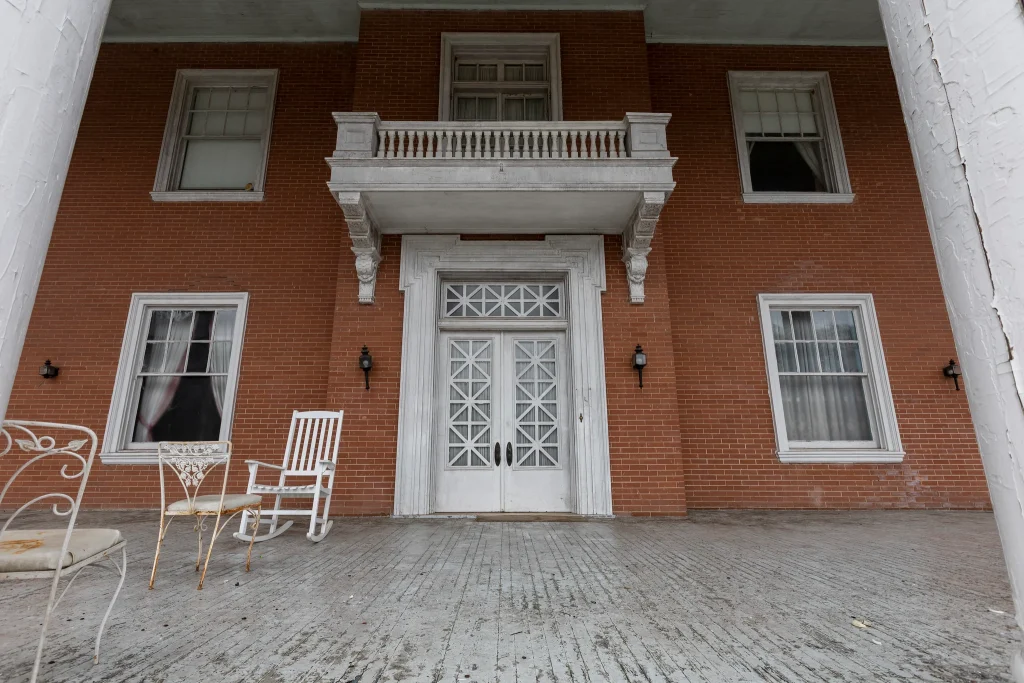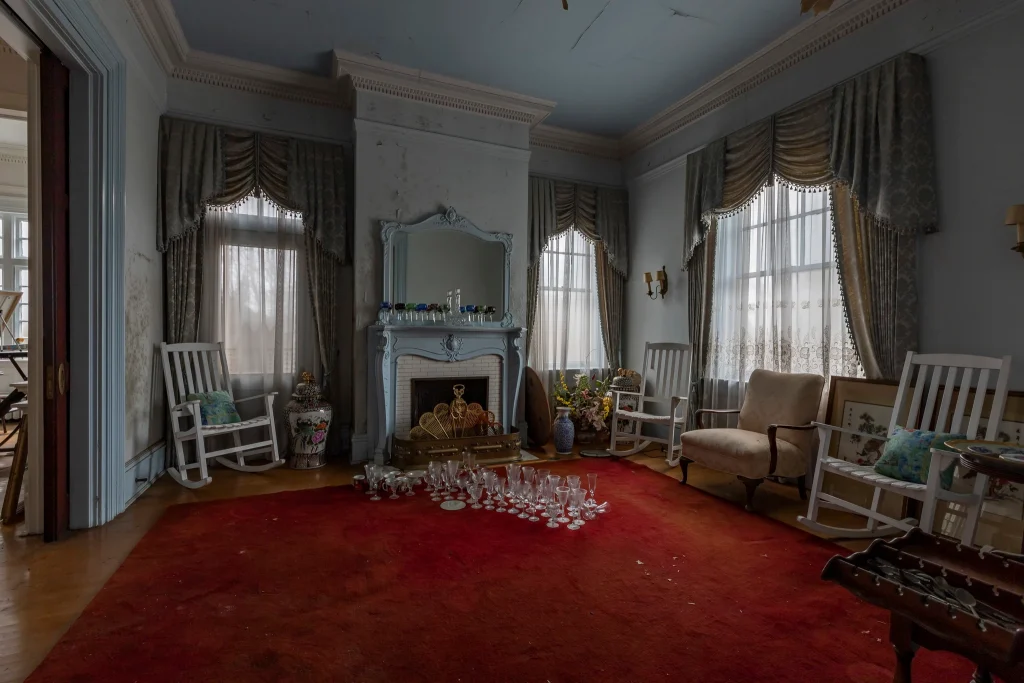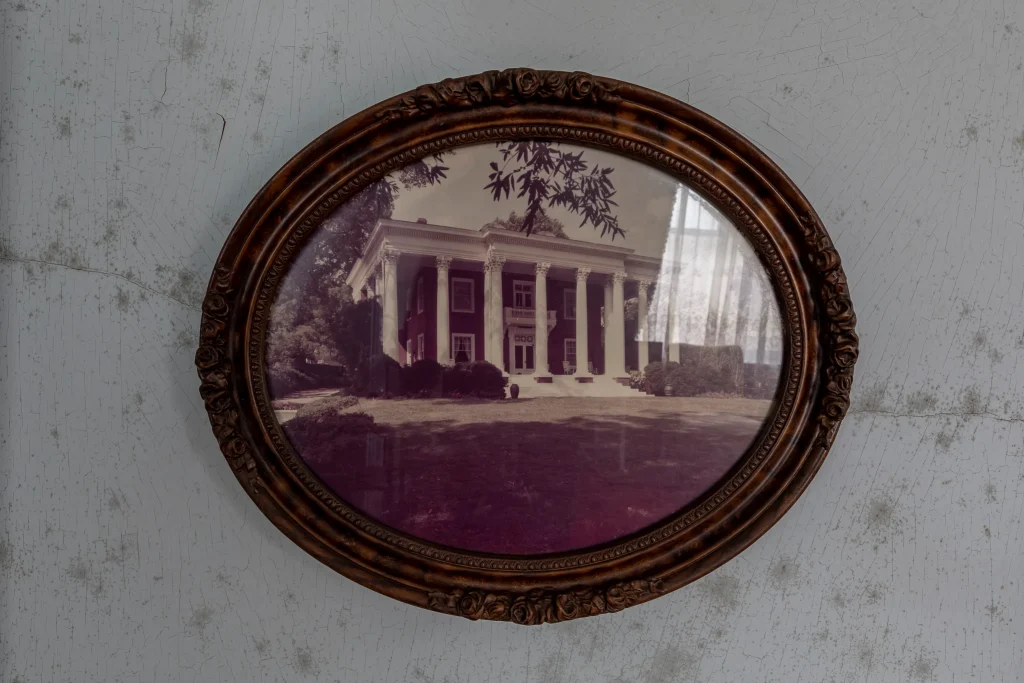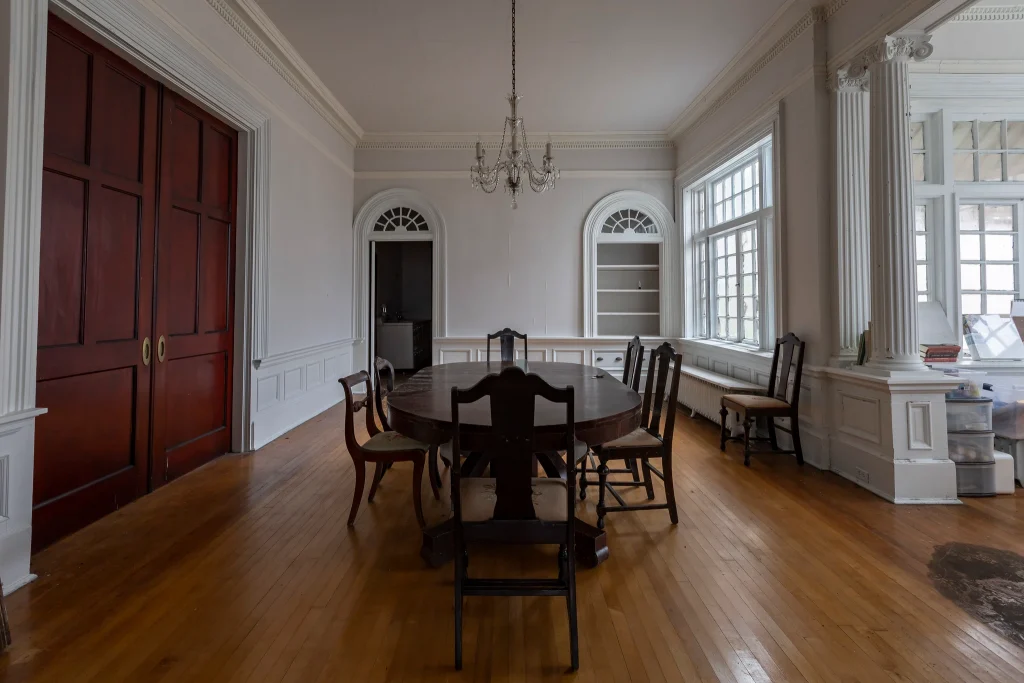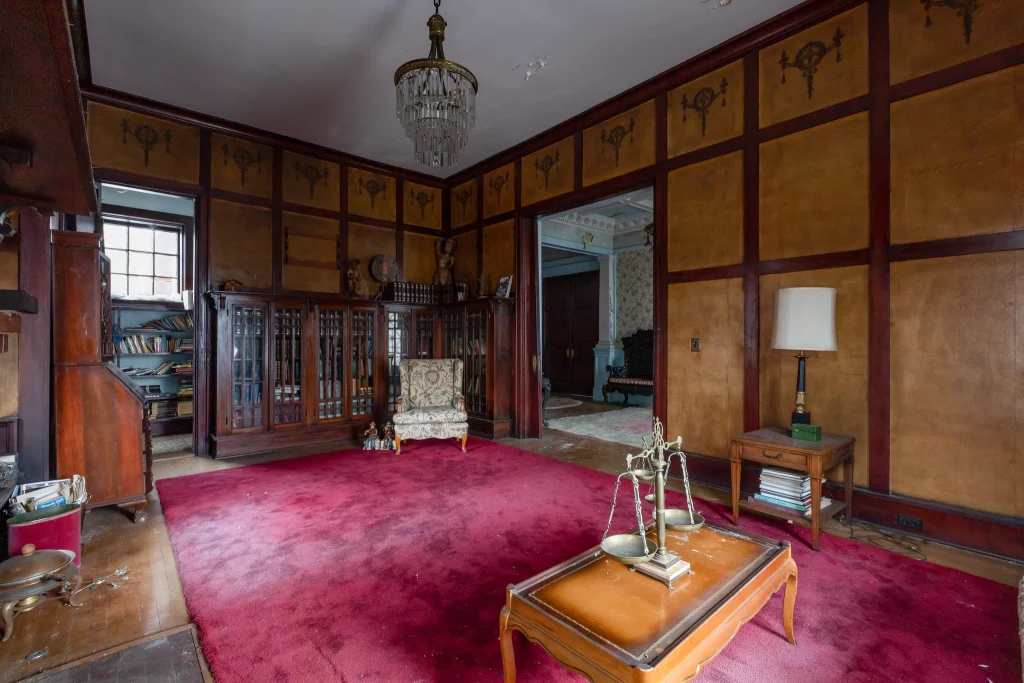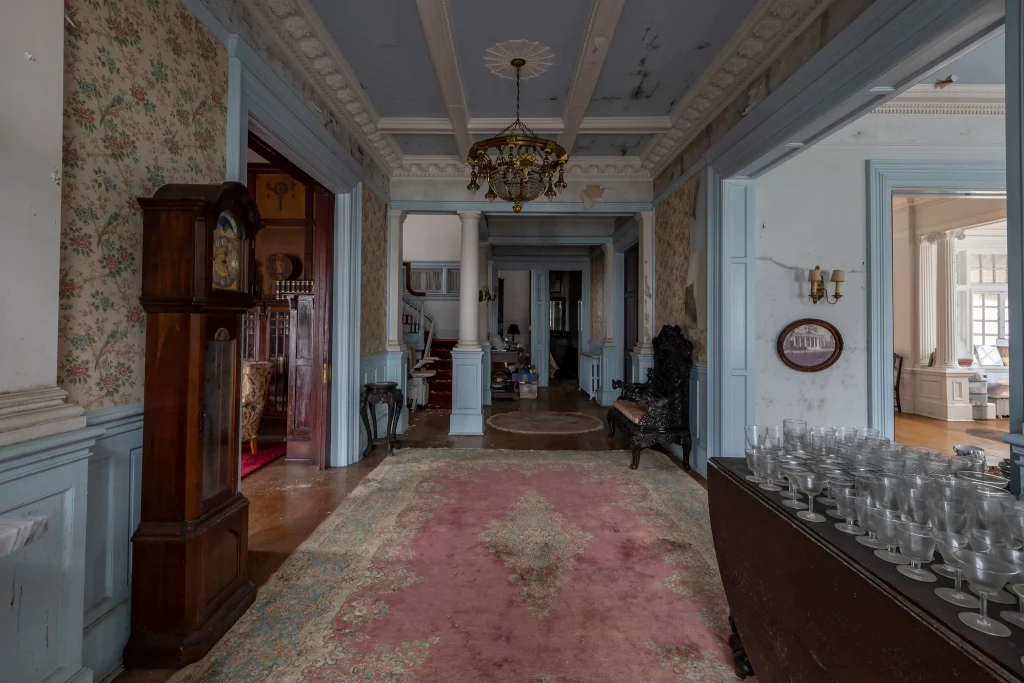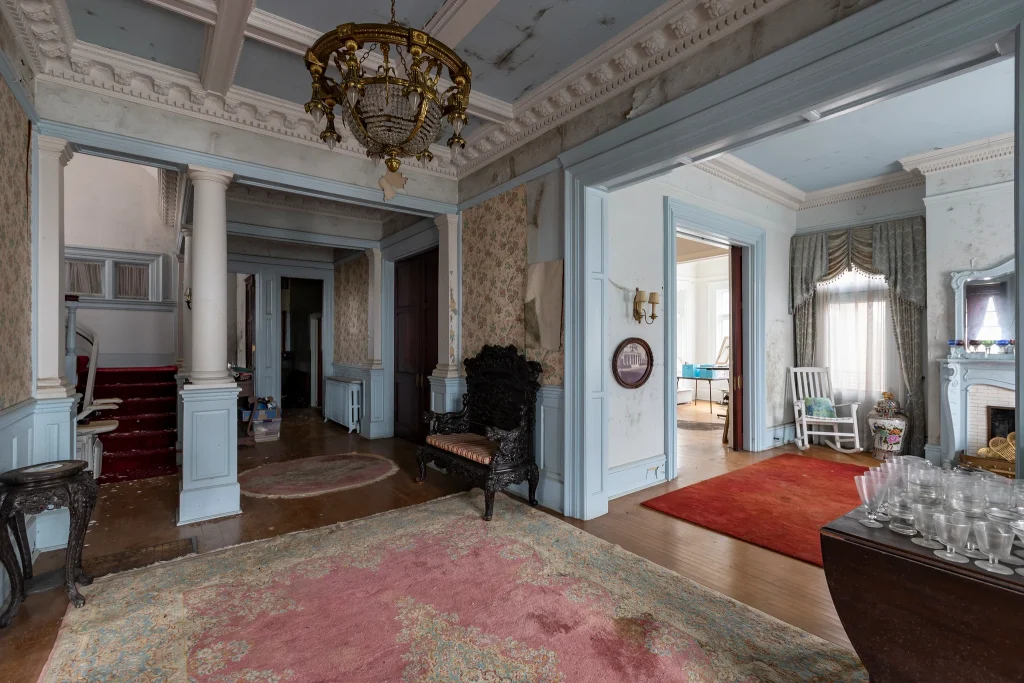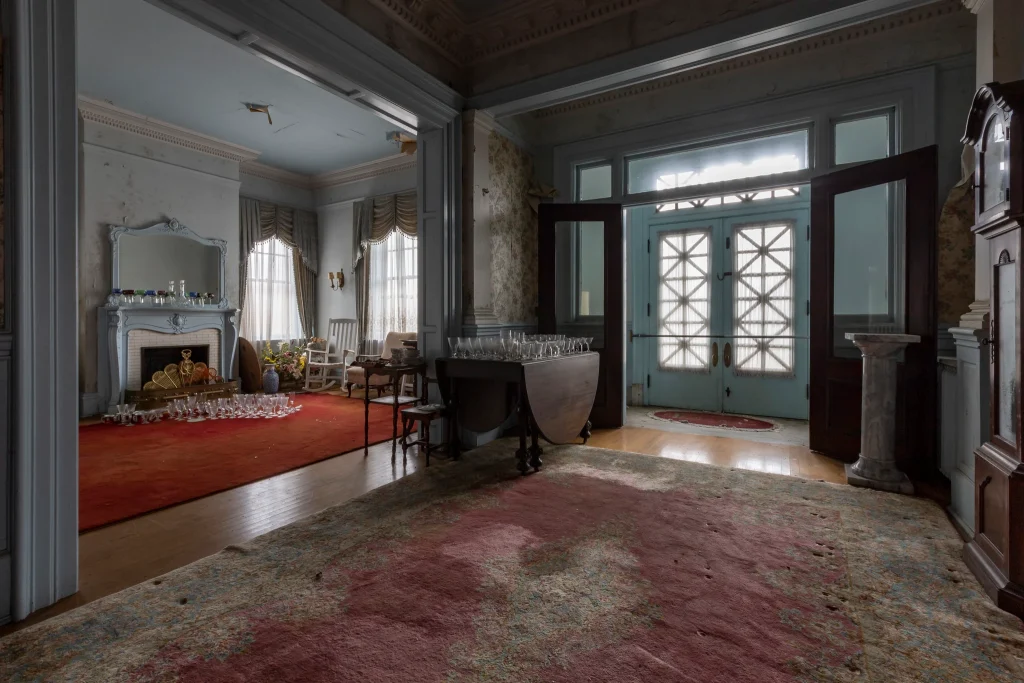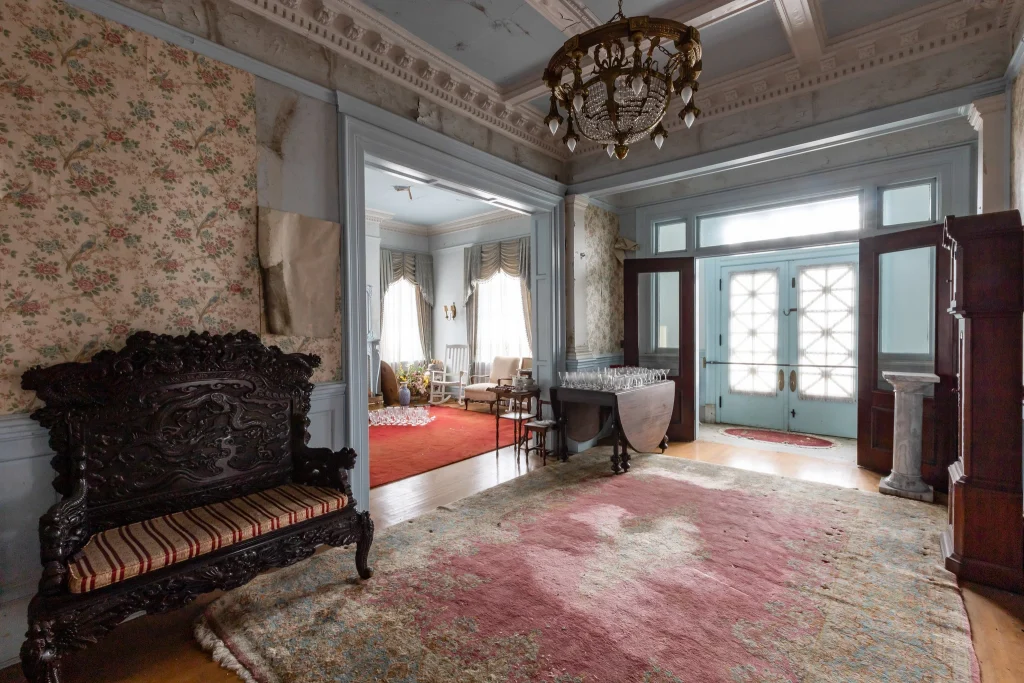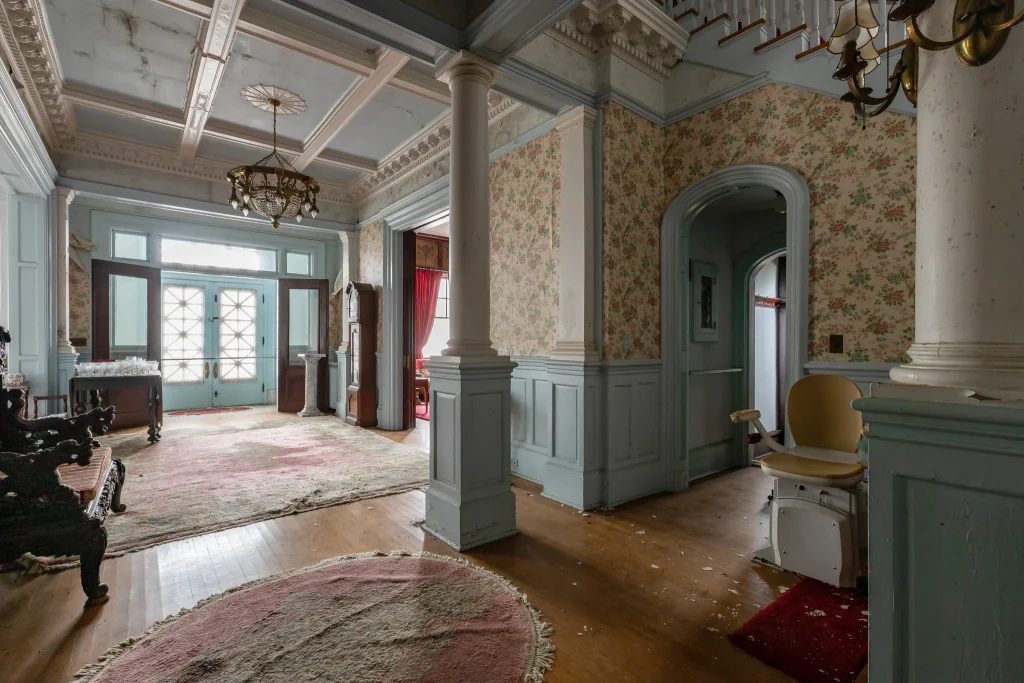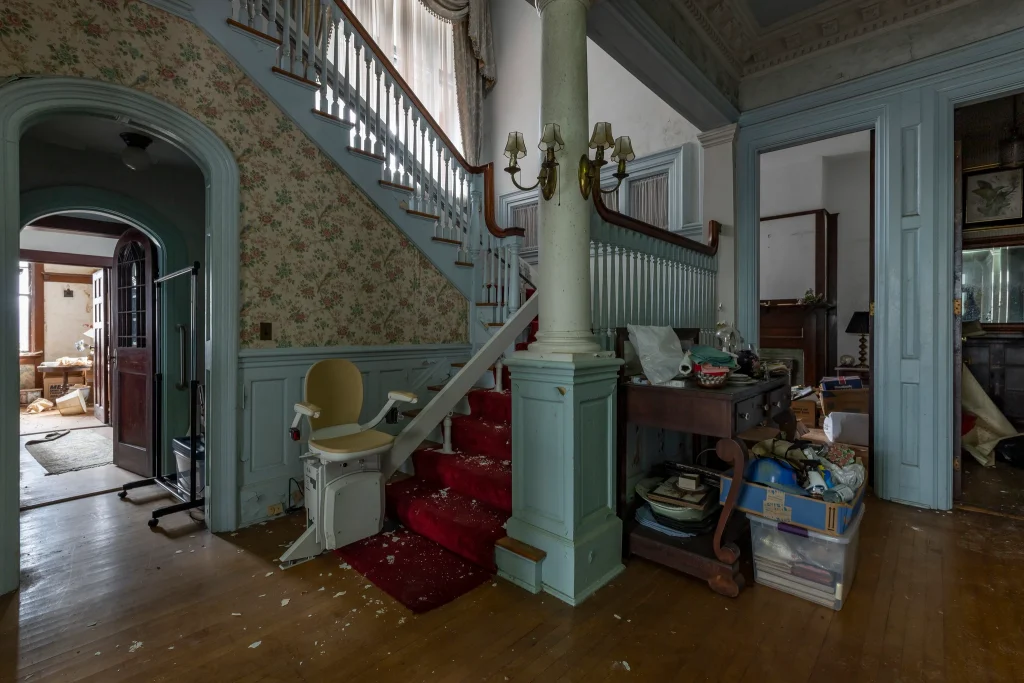The homes in the Glen Iris Neighborhood are typical of Birmingham’s residential construction from the early 20th century. Most notably, the mansions and estates of W. P. G. Harding, president of The First National Bank of Birmingham; James McAdory Gillespy, attorney; George Morrow, M.D., and E. Miller Robinson, M.D., all practiced in and around Idlewild Circle and Glen Iris Park.
Around the turn of the twentieth century, construction and development began in the area, beginning in Robert Jemison, Sr.’s exclusive Glen Iris Park and continuing on to Idlewild Circle, where T. H. Bradley was constructing homes and buying up land that would later be purchased by Mayor George Ward for Green Springs Park. Some of the homes on Waverly Place were built in the early 1900s.
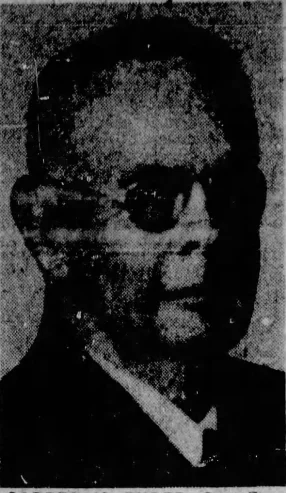
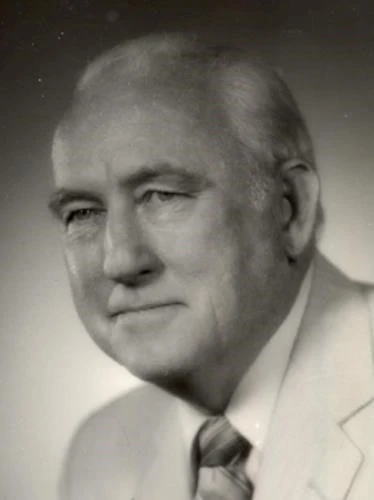
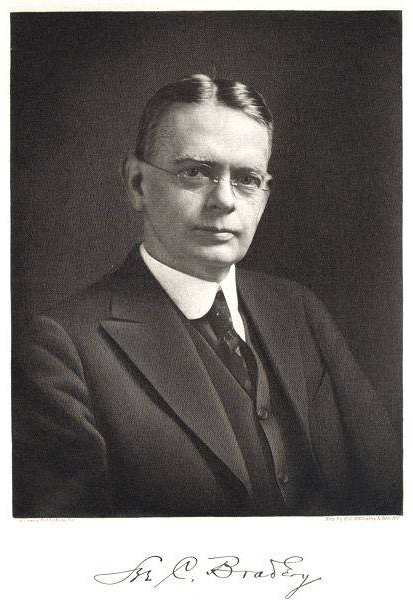
This magnificent residence in the Greek Revival style was built in 1907 for lawyer Lee C. Bradley. Thomas Walter III co-designed this red brick home with local architect Sydney Ullman, who also constructed the nearby home of Robert Jemison, Sr. The Louisiana roots of Bradley’s wife inspired the design of their home, which boasts a massive wraparound porch with four projecting columns and fourteen supporting columns.
On November 12, 1871, Lee Carrington Bradley was born in Birmingham. Both his pioneering parents, Richard Carrington Bradley and Sarah Gurley Bradley, came from early settling families in Alabama. In 1890, he earned a Master of Arts from what was then Southern University in Greensboro but is now Birmingham Southern College. In 1892, Lee C. Bradley opened a legal office in Birmingham.

Beginning in 1893 as an assistant, he was promoted to county solicitor in 1896. He wed Eleanor Lyons on June 24, 1896, and the following year they welcomed their first child, Lee Carrington Bradley, Jr. In 1899, they welcomed Thomas Lyons Bradley, their second child. Thomas, only 21 years old, tragically passed while at home from college after choking on oyster shell shards while eating at the kitchen table. Mrs. Bradley maintained the tradition of setting a place at the table for her late husband even after he passed away. She remained a resident there until 1967.
The law firm of Tillman, Grubb, Bradley & Morrow was founded in 1904 by him, John P. Tillman, Judge William I. Grubb, and Hugh Morrow. Over time, the company saw some turnover in leadership, eventually becoming known as Bradley, Baldwin, All & White. Prior to his passing, Mr. Bradley worked for the company. Birmingham native Lee C. Bradley was a well-known attorney throughout the state and beyond when President Woodrow Wilson was looking for someone to act as counsel for the alien property custodian. Perishable commodities that had been taken over by the alien property custodian and were decaying in warehouses and other storage facilities were authorized for disposal through Mr. Bradley’s mediation.
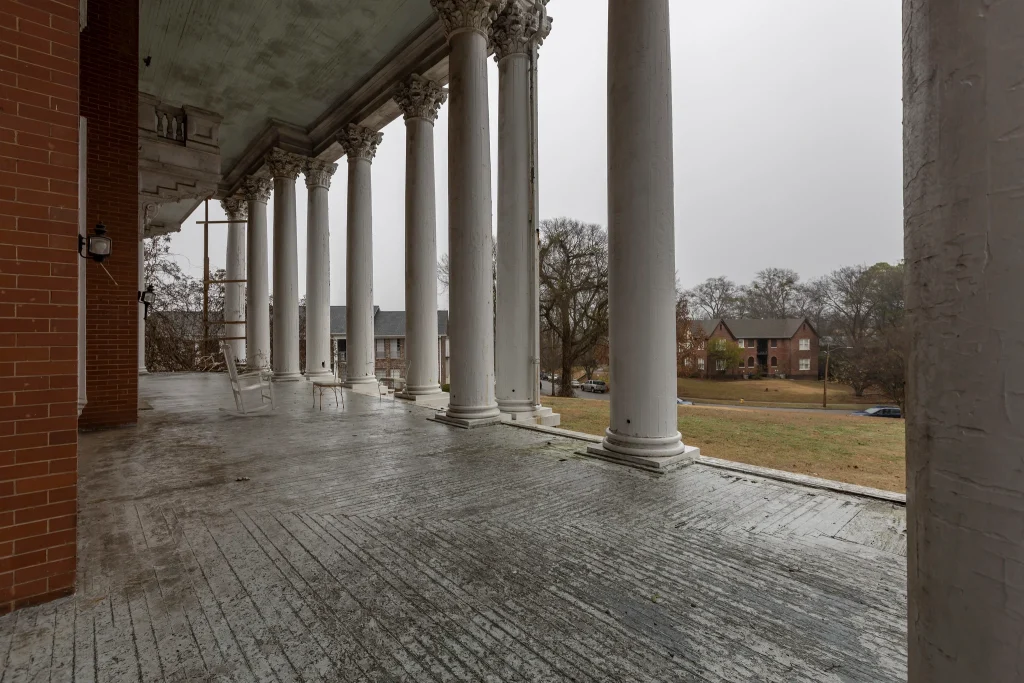
In order to dispose of the perishable property, he advised the custodian to petition Congress for the appropriate laws. Mr. Bradley brought the issue up with the Senate’s Democratic leader, Oscar W. Underwood, who added an amendment to a bill that was scheduled for a vote that day. After Senator Underwood justified the measure’s necessity and urgency, it was unanimously approved, submitted to the House promptly, and passed without delay. Mr. Bradley’s time in this role was voluntary and uncompensated.
Judge Grubb of the United States District Court in Birmingham assigned Mr. Bradley to the position of receiver for the Birmingham Railway, Light, & Power Company, which owned and operated the city’s street railway, gas, and electric utility system, upon his return to the city. To a significant extent due to his efforts, the receivership of the Birmingham Railway, Light & Power Company was ended, and the Birmingham Electric Company was formed to assume control of its assets.
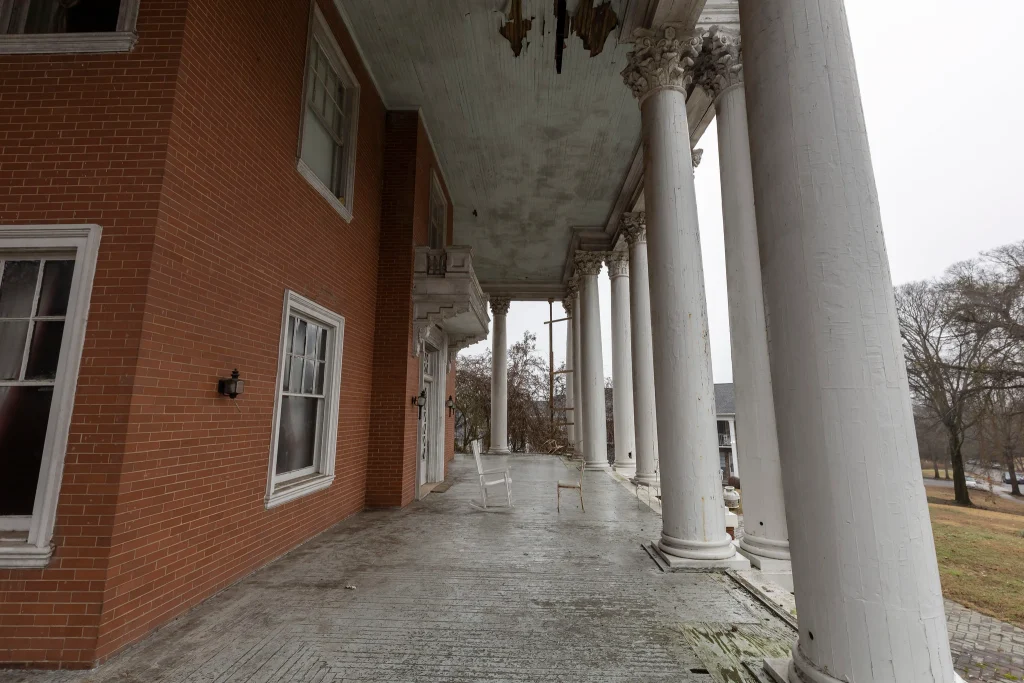
The Birmingham Savings Bank & Trust Company counted him as a director and a member of the executive committee among his numerous business affiliations. Lee Bradley was a major player in the formation of the Birmingham baseball team and a shareholder for many years. In addition to the Alabama State Bar and the American Bar Association, he also belonged to the Birmingham Country Club and the Alpha Tau Omega fraternity. On May 31, 1942, Lee Carrington Bradley, Sr. passed away. The funeral was held at his home, and he was laid to rest among his family in Elmwood Cemetery.
Ollie and Carolyn Smith were the subsequent owners of the home. When the Smiths bought the Bradleys’ house, it was like opening a time capsule; nothing had been moved out. After graduating from the University of Alabama School of Law in 1947, Mr. Ollie D. Smith became the FBI’s youngest agent in Washington, D.C. He settled down with Carolyn Meadows, and the two raised four kids. Mrs. Smith was a teacher at both Tarrant High and Shades Valley High for many years.

She eventually focused on the family real estate enterprise. Before Balch & Bingham was established, Mr. Smith was an attorney with the firm of Martin, Turner & McWhorter. After that, he moved up the ranks at Alabama Power Company to become their Land Department Manager and ultimately their Vice President. In 2003, Carolyn Smith passed away. When Ollie Smith finally passed away in 2016, he was still a resident of the house. In 2022, the family business was converted to a limited liability company.
Several apartment and townhouse complexes were built on Idlewild Circle as part of the redevelopment that took place in Glen Iris in the 1960s and 1970s, however new multi-family structures can be seen all across the area. Many historically and architecturally significant buildings in the Glen Iris Park area have been demolished in recent years.
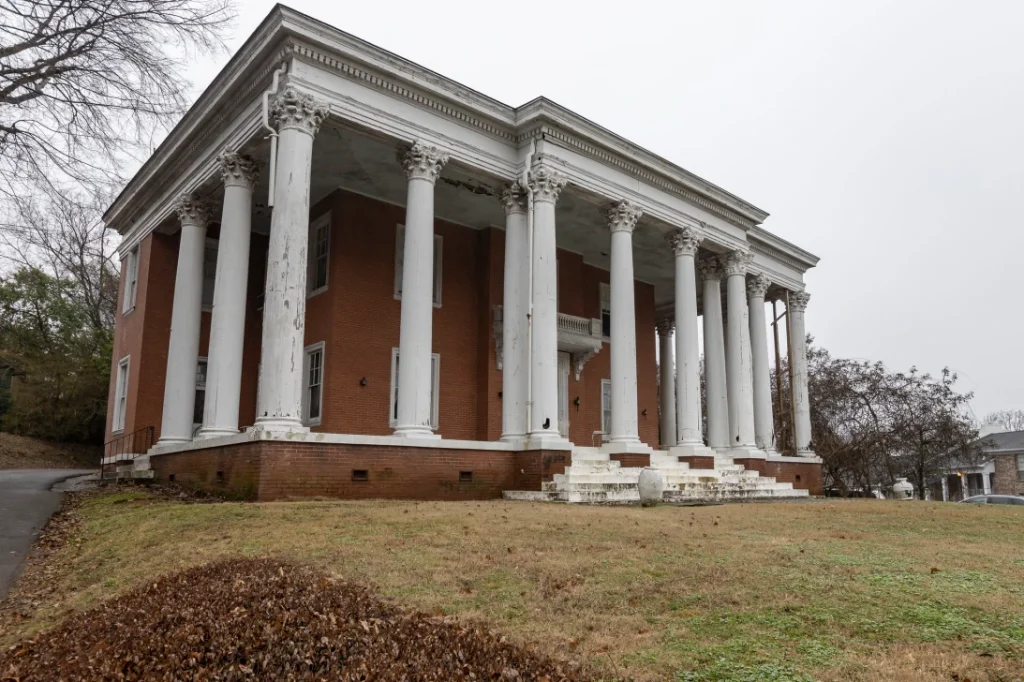
New buildings, non-residential uses, and invasive parking facilities may be brought about by UAB’s and a nearby church’s plans for further expansion. Mr. Smith did not contribute to maintaining the neighborhood’s identity when he purchased and demolished several homes to make way for low-rise apartment buildings. Another big issue is the destruction of property due to neglect on the part of absentee owners. Glen Iris Park should be safeguarded from redevelopment because it is a unique resource with citywide significance.
